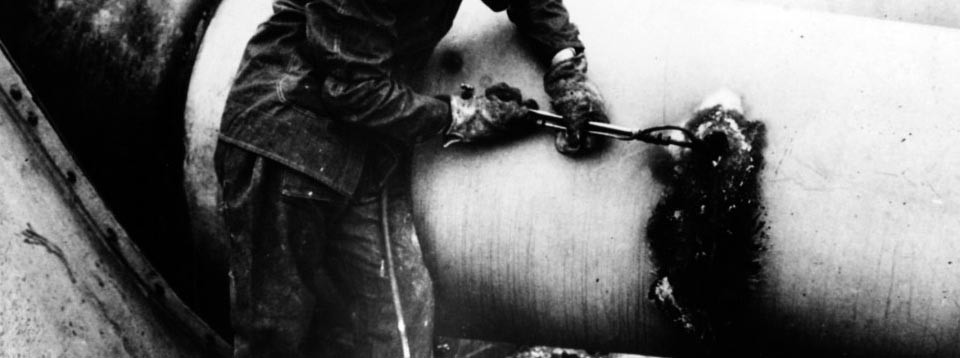
Washington Naval Treaty – Impact on U.S. Navy
Washington Naval Treaty: Impact on the U.S. Navy
In November 1921, to prevent an arms race after the war, representatives from the United States, the United Kingdom, Japan, France, and Italy began talks in Washington, D.C. The Washington Naval Treaty, also known as the Five-Power Treaty, was signed on February 6, 1922. In the treaty, construction was limited on battleships, battle cruisers, and aircraft carriers. Cruisers, destroyers, and submarines were not limited in numbers by the treaty but were limited to 10,000 tons displacement. In 1930, the Treaty was modified in the London Naval Treaty, which added regulations concerning submarines. Six years later, this treaty was further modified as the Second London Naval Treaty. However, Japan and Italy did not sign it. One year following the London Naval Treaty, Germany announced that due to violations of the Versailles Treaty by the Allies, it would no longer adhere to it. Additionally, Italy virtually dropped out of the negotiations. A year later, following the election of Adolf Hitler in Germany, the German armed forces began to fully rebuild, rearm, and recruit. Thus, the seeds were sown for another world war.
Image: NH 69030: USS Delware (BB-28), 12" gun being mutilated, 1924. U.S. Naval History and Heritage Command Photograph.



